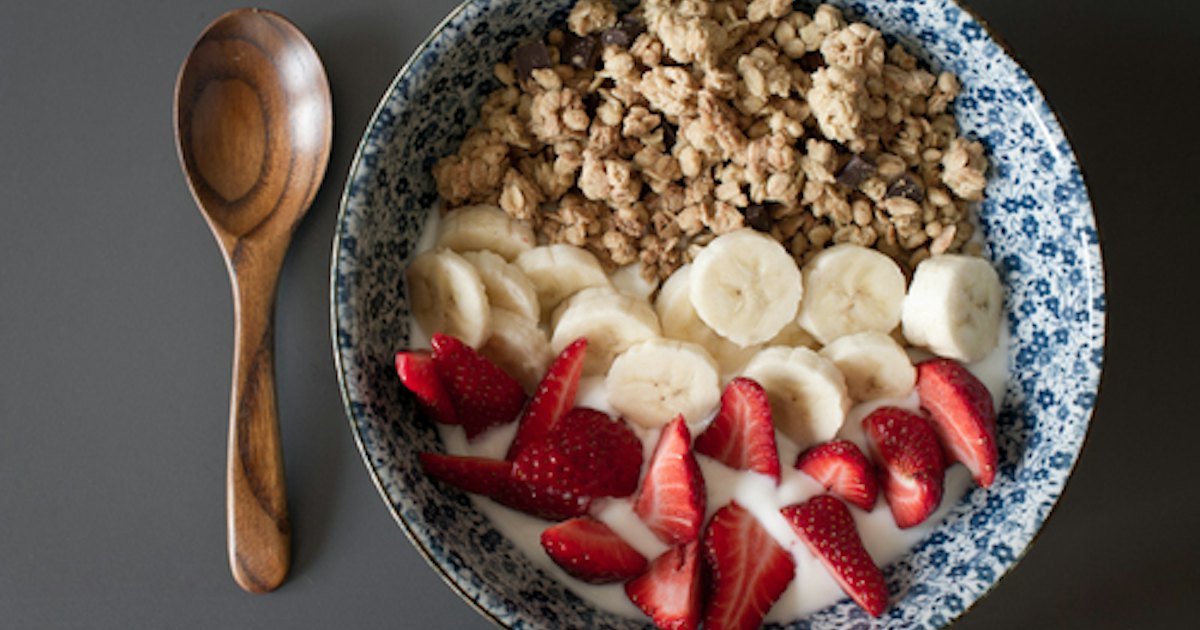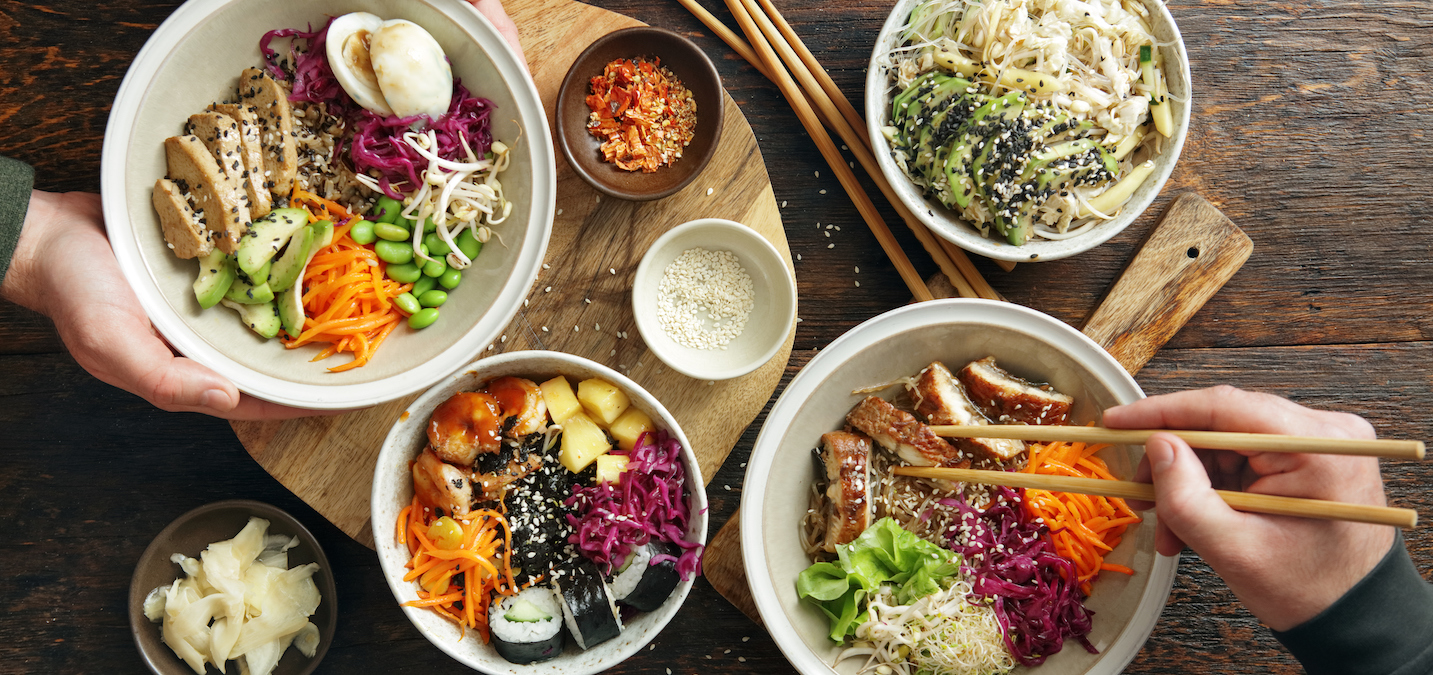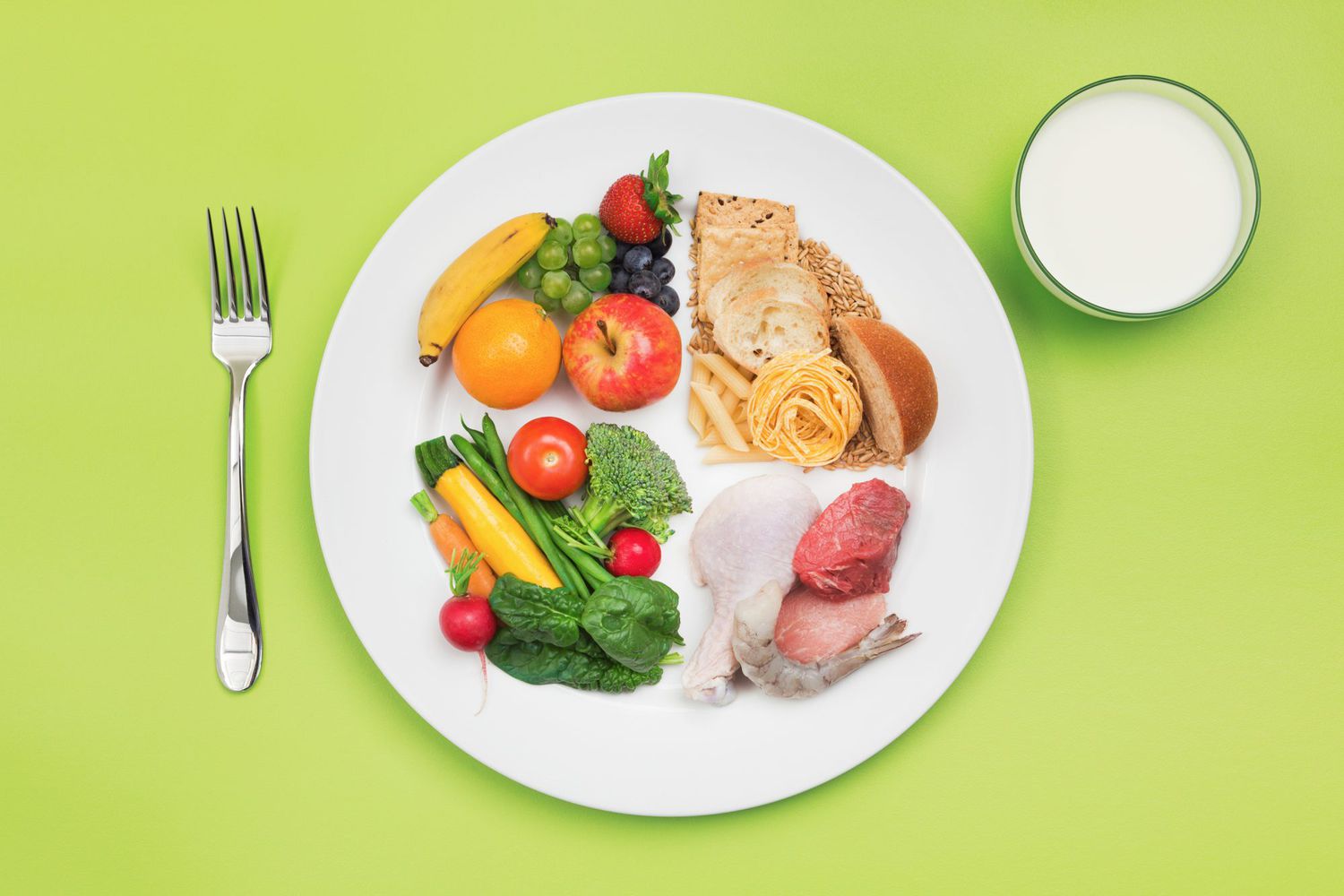How to Enjoy Foods You Don’t Like
Let’s face it, we all have foods that we don’t particularly enjoy. Whether it’s the taste, texture, or smell, there are certain foods that just don’t appeal to our palates. However, learning to eat and even enjoy these foods can open up a whole new world of culinary experiences. Here are some tips on how to approach and enjoy foods you don’t like:
Be Open-Minded
One of the first steps to enjoying foods you don’t like is to approach them with an open mind. Often, our aversion to certain foods is based on preconceived notions or past experiences. By being open-minded and willing to give these foods another chance, you may be surprised at how your tastes can change over time.
Experiment with Preparation
Sometimes, the way a food is prepared can make all the difference in how it tastes. If you don’t like a certain food, try preparing it in different ways. For example, if you don’t like steamed broccoli, try roasting it with olive oil and garlic for a different flavor profile. Experimenting with different cooking methods can help you find a preparation that you enjoy.
Pair with Foods You Like
Another strategy for enjoying foods you don’t like is to pair them with foods that you do enjoy. For example, if you don’t like the taste of plain tofu, try adding it to a stir-fry with your favorite vegetables and sauce. The combination of flavors can help mask the taste of the food you don’t like while still allowing you to enjoy it in a different context.
Gradual Exposure
If there’s a food that you really struggle to enjoy, consider incorporating it into your meals in small amounts. Gradually increasing your exposure to the food can help desensitize your taste buds and make it more palatable over time. For example, if you don’t like the taste of fish, start by adding a small piece to a pasta dish and gradually increase the amount as you become more accustomed to the flavor.
Focus on the Health Benefits
When trying to eat foods you don’t like, it can be helpful to focus on the health benefits that they offer. For example, if you don’t enjoy the taste of spinach, remind yourself of its high nutrient content and the positive impact it can have on your health. By shifting your focus to the nutritional value of the food, you may find it easier to incorporate it into your diet.
Conclusion
Learning to eat and enjoy foods you don’t like can be a rewarding experience. By approaching these foods with an open mind, experimenting with different preparations, and gradually exposing yourself to them, you may find that your tastes can change over time. Remember to be patient with yourself and keep an open attitude towards trying new foods. Who knows, you might just discover a new favorite dish along the way!











